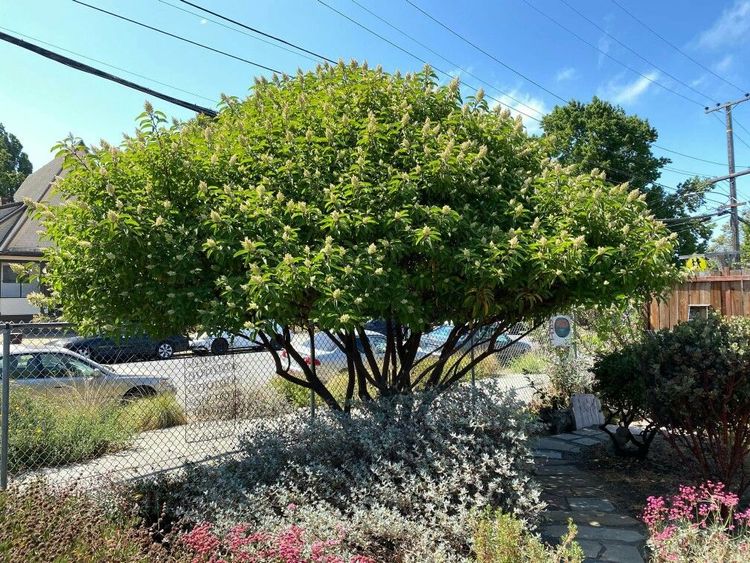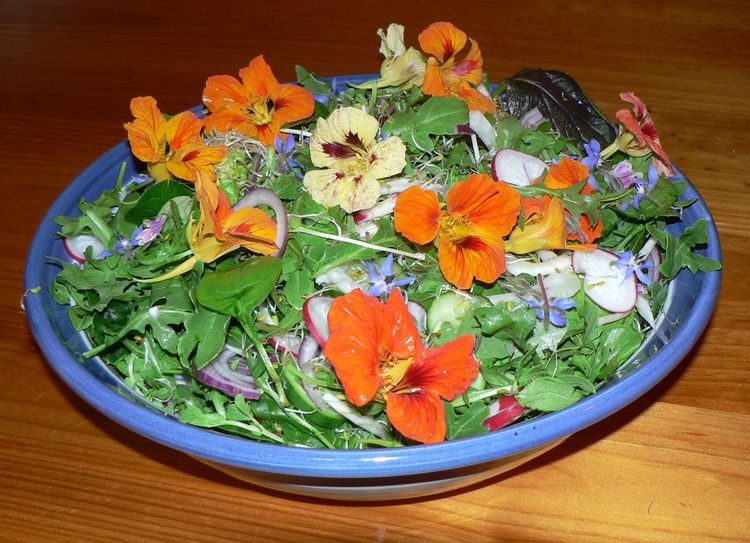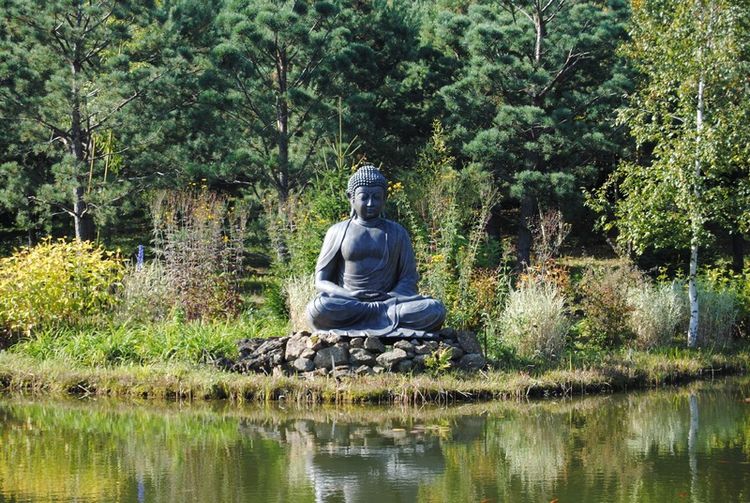Yarrow Lawns
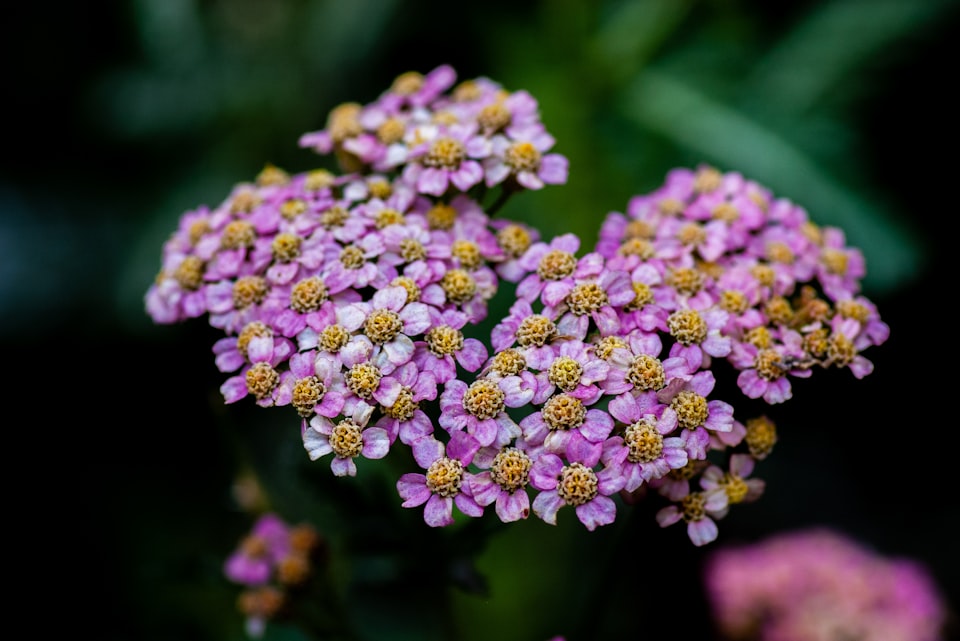
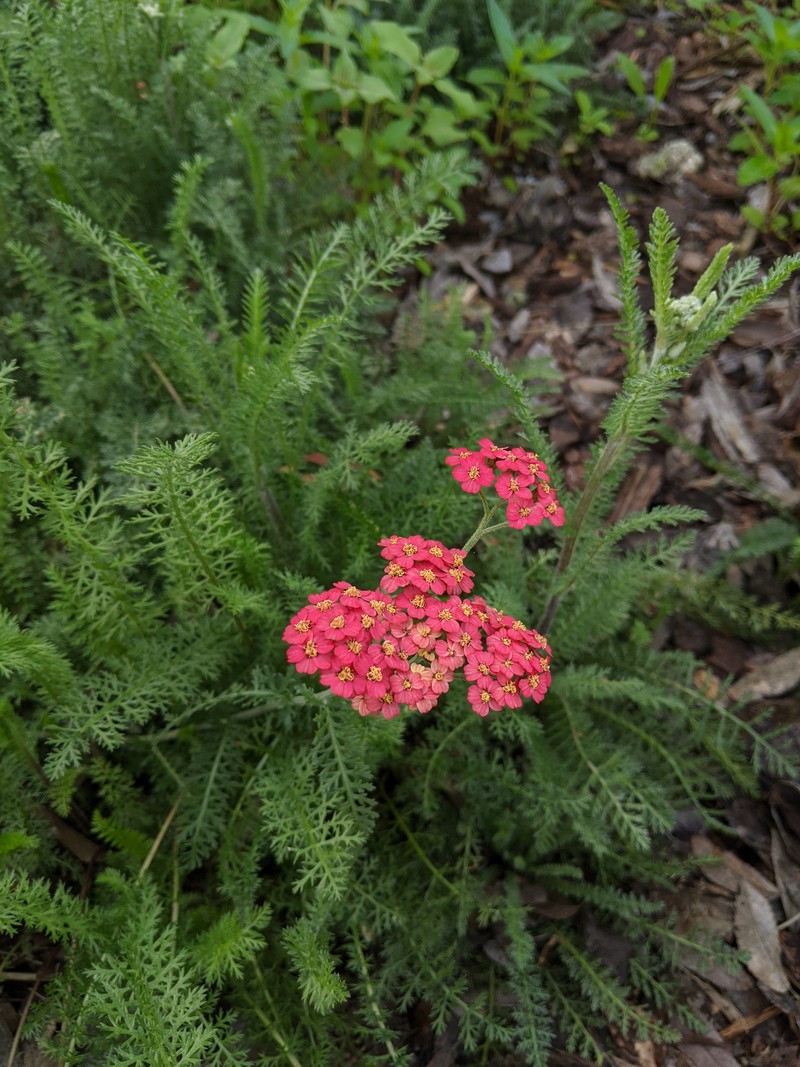
Common Yarrow (Achillea millefolium) grows naturally in meadows throughout the northern hemisphere.
In temperate regions, this herbaceous perennial plant is often found growing in grassy areas and considered a lawn weed. Ironically, in regions with a Mediterranean climate, this is used as a lawn alternative to turf grass. This has led to an interest in using Yarrow for lawns even in area where they would have been considered a weed in the past. Yarrow is moderately drought tolerant, requiring much less water than a traditional lawn. While not as tough as traditional grass turf, Yarrow does tolerate light foot traffic.
Appearance
Yarrow’s botanical name “millefolium” means “thousand leaves”. The fern-like appearance of its foliage is made up of many smaller leaves growing densely along its stems. The soft leaves make for a very comfortable walking surface that feels like walking on soft grass. Some varieties of Yarrow differ in color from gray-green to dark green.
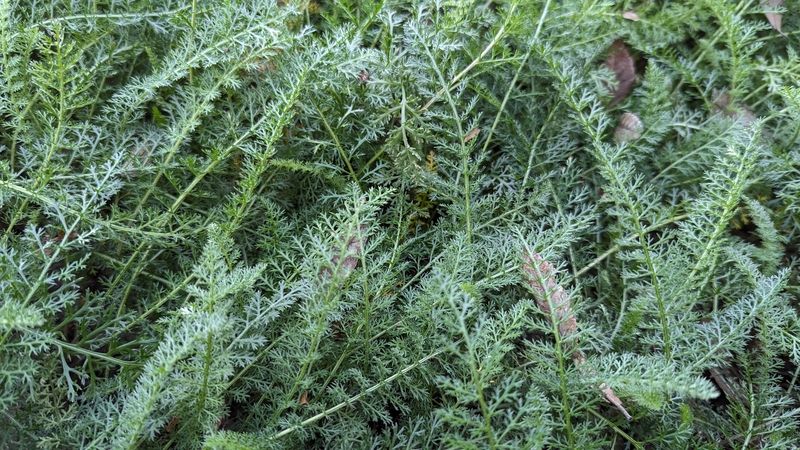
Flowering
The main body of Yarrow stays quite low (<12” / 0.3m) with flower stalks that rise 2-3ft (1m). Yarrow flowers best in full sun, and plants in shade will either not produce flowers or send out very long shoots to reach the sun. The flowers are very attractive, long lasting and can appear year round. Flowers appear in a cluster of many tiny blooms. Wild specimens typically have white flowers but cultivated varieties can be found in red, yellow, pink and other pastel hues. The flower stalks get woody with age, and should be cut right back to the ground after they are spent. When a tidy lawn is desired, a trim every 6 weeks during the warmer months is the most that is required. A mower or string trimmer will take care of these woody stems but you will have less flowers.
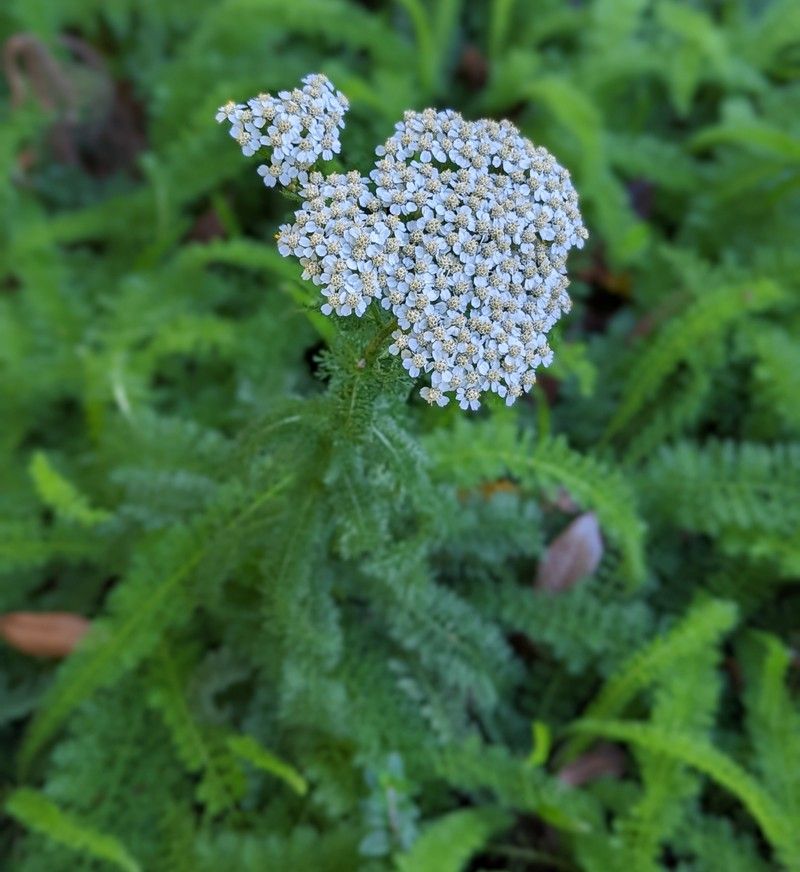
When left to grow naturally, yarrow can be used for a butterfly meadow in a wildlife garden. The downside is that you may experience more die-back and bare patches with no-mow lawns. This is because the plant is putting more energy to growing flowers than spreading via rhizome.
Watering
In its first year, Yarrow will require watering twice a week to get established, then reduced to once weekly after the first summer has passed. In successive years, it can be watered less. When grown in temperate climates, Yarrow will not need watering after establishment unless there are abnormally dry periods. For Mediterranean climates with hot and dry summers, Yarrow will still require watering every 2 weeks as it is only moderately drought tolerant. Yarrow’s natural response to prolonged drought is to die back and regrow in the rainy season. Occasional watering will prevent the die back and keep the yarrow looking lush. Be careful not to over-water Yarrow as that can cause die back too.
Use As a Lawn
Yarrow can handle foot traffic but is nowhere near as resilient as a turf lawn. If you expect the area to experience a lot of foot traffic, it will not hold up as well as turf so you may want to consider a native grass instead. Yarrow grows more dense and prostrate when regularly mowed and will have a greater tolerance to wear from foot traffic. You can expect to use half the amount of water to irrigate a yarrow lawn and spend 80% less time on mowing.
Due to it's spreading growth by rhizomes, a yarrow lawn needs to be held in it's area with edging to prevent spread into nearby flowerbeds.
The only real disadvantage to using Yarrow for a lawn is that you may not be able to find a lawn service that is willing to maintain it. As it requires much less maintenance than a normal lawn, this is not a big burden on a homeowner.
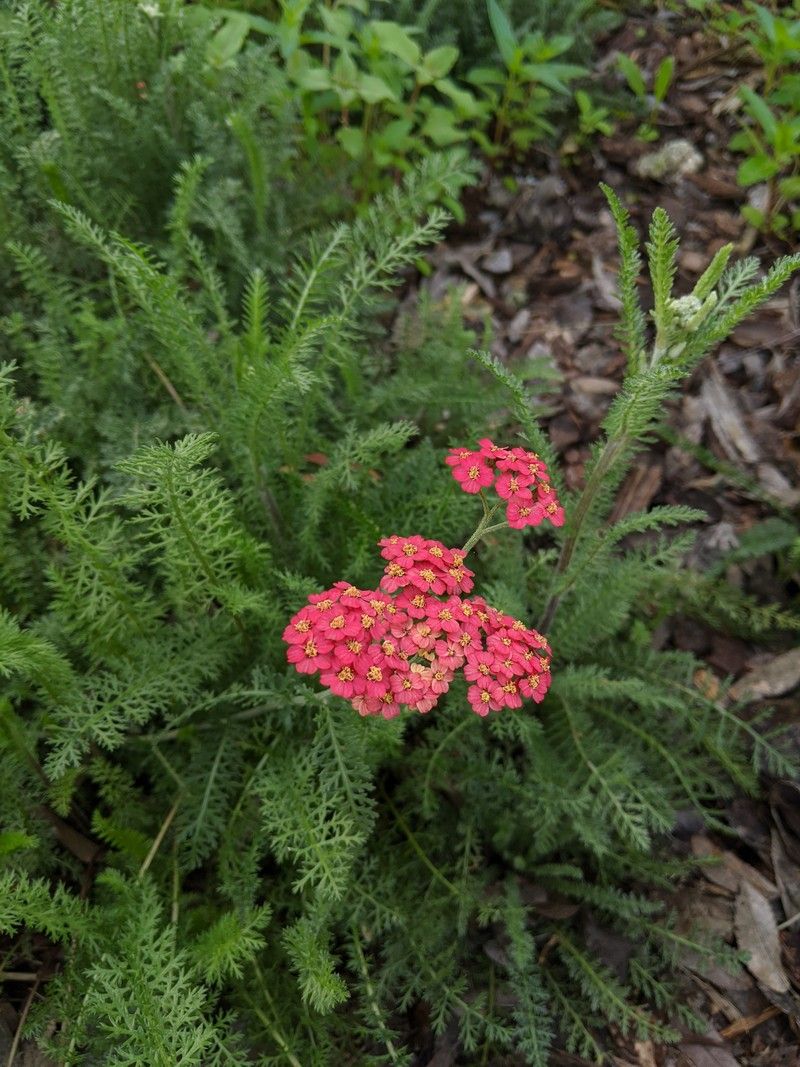
Planting a Yarrow Lawn
When choosing to plant a yarrow lawn in a Mediterranean or arid climate, try to source yarrow supplied from a native nursery. Common Yarrow has a wide range and many of the specimens sold in nurseries are bred from European stock which may not be as adapted to drought as local cultivars. In temperate climates that do not have regular drought periods, this is less of a concern, but make sure the yarrow you are purchasing is the millefolium species as other Achillea species do not spread naturally like milllefolium. You can start the lawn by seed, or you can plant small plants in a grid spaced 6" (15cm) apart. Common Yarrow spreads via rhizomes, much like grass, and will fill in empty spots between plants naturally. Unlike many grasses, Yarrow is not easily found sold as plugs or as rolled turf. Yarrow is a reliable self-seeder, so shake dried flower heads after cutting to spread the seeds across the area of the lawn. Yarrow is also available in hybrid forms and these plants are bred to be non-spreading so be sure to source the pure millefolium species. Other species in the Achillea genus tend to be better suited as individual plants for flower beds, not as a lawn.
When replacing an older lawn, you may find that the soil under the turf is heavily compacted. Yarrow prefers well-draining soil, so this can create problems. In these cases you should amend your soil with well-draining organic garden soil or try the sheet mulch method to improve your soil. It is always a good idea to top-dress the soil with compost where you will be planting Yarrow.
Unlike grass lawns, yarrow cannot be applied as rolls of turf and seed germination rates are not high when the seed is scattered on the ground. Yarrow is best planted using small plants. The most economical way to get these is to buy flats of small seedlings. Yarrow can be planted at any time of the year but you'll have the most success in Spring, or Winter if you live in a frost-free region.
Yarrow is a versatile plant, growing in shade and full sun, and does not need any fertilizer as they flourish in nutrient-poor soil. When grown in shade, it less likely to flower. As an evergreen plant, it will remain verdant year round as long is it is not drought-stressed. The only real pest that can be troublesome are rabbits. Local bunnies will enthusiastically nibble away at yarrow leaves but will not dig out the roots, so the plants will recover and grow back once you have prevented the rabbits from trespassing your lawn.
Other uses for Yarrow
Yarrow flowers are long lasting when cut, and are well suited for use in floral bouquets.
Yarrow (Achillea millefolium) was named after Achilles, the Greek mythical hero who's army used yarrow to heal wounds. Today, Yarrow is a popular herbal remedy. Yarrow contains flavonoids, chemicals that can increase saliva and stomach acid to aid digestion. Tannins in the plant have an astringent effect, which is why it has been historically used for healing wounds.
Hardiness
Achillea millefolium is hardy to USDA zones 4-9, Sunset Zones 1-24.



